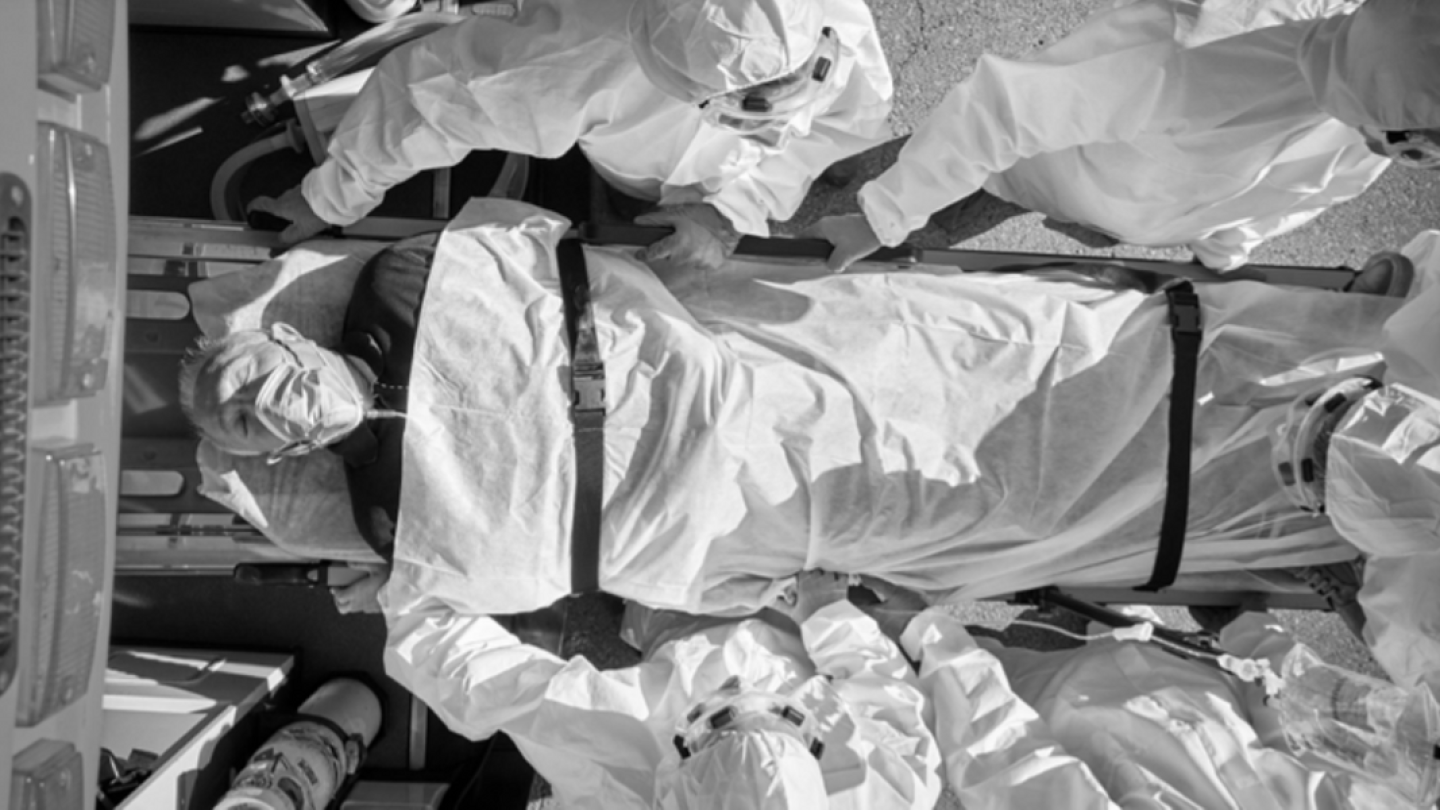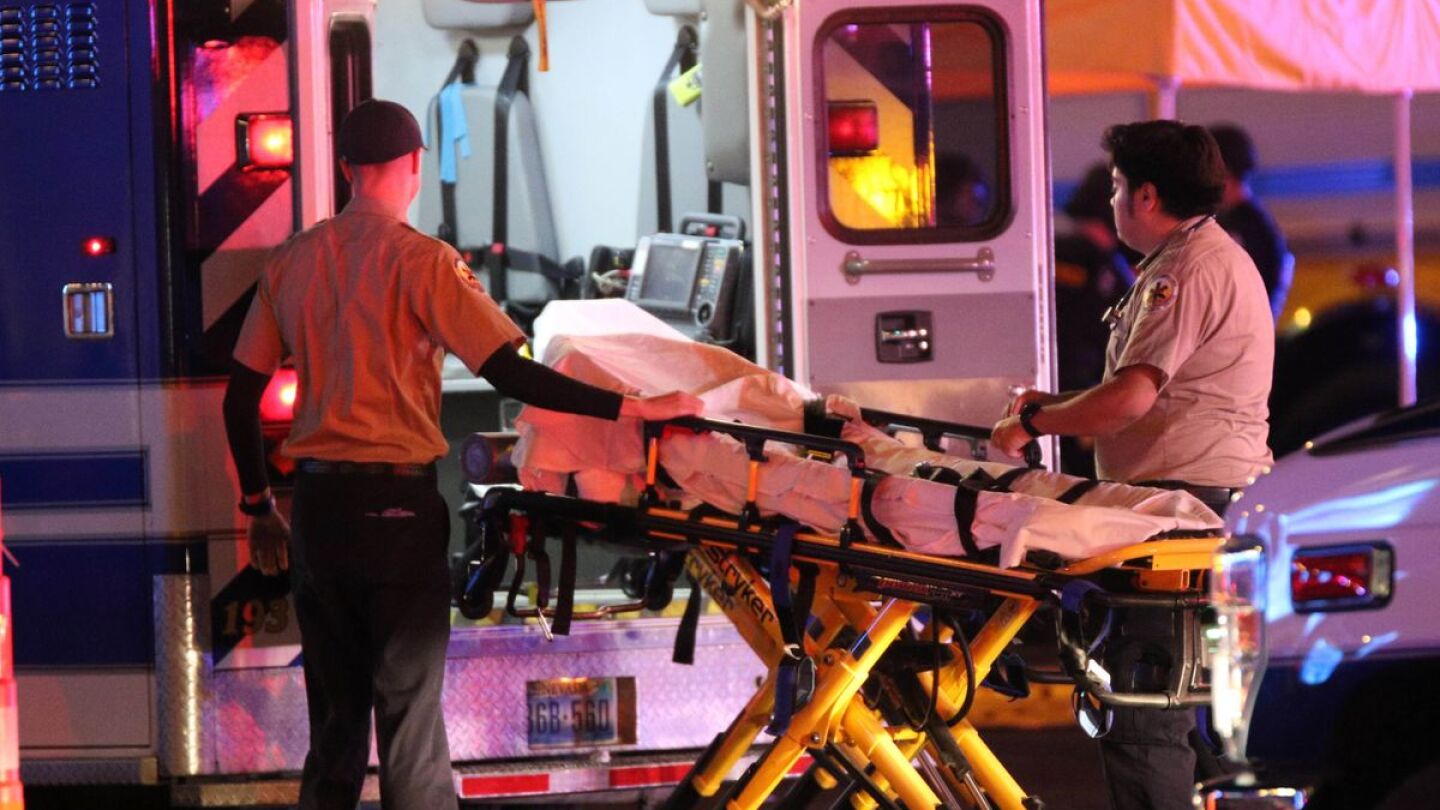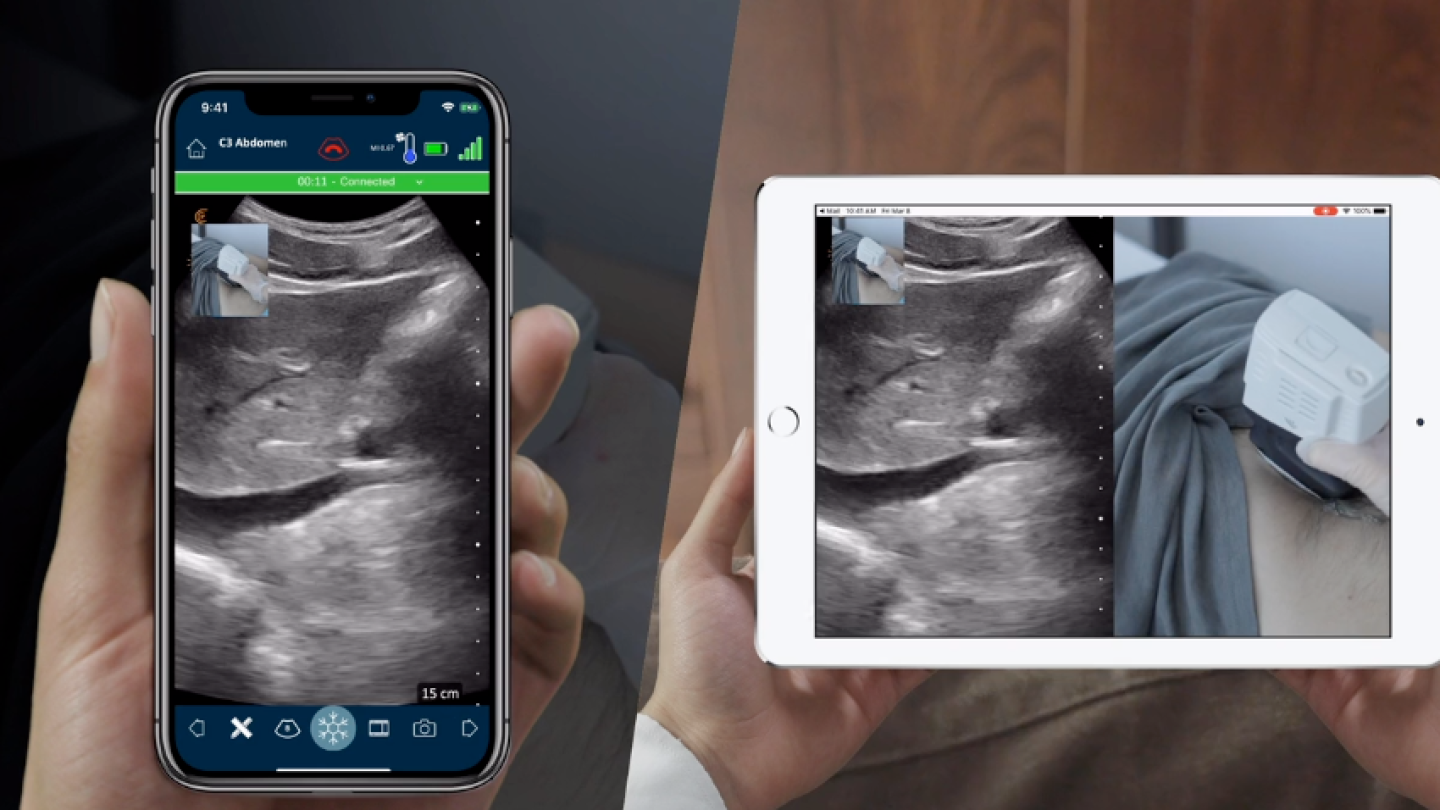Telemedicine
Often, transportation is a barrier to receiving healthcare, which means EMS become that transportation even when the medical problem itself is non-urgent. Telemedicine, using technology to connect patients to healthcare practitioners remotely, can be used to triage patients, decreasing non-emergent ambulance transports, or to enable a higher level of care when access or distance prevent physical assessment.
Lessons learned from implementation of a telestroke program
Communication applications, tech allow real-time feedback on critically ill patients; enable error-insulated hospital reporting
New capabilities will change how care is delivered – and agencies need to adapt
Lessons learned from Houston’s ETHAN program can help your agency design, launch and manage a telemedicine program for your community
Leveraging Gigabit-Class LTE, smart ambulances, telemedicine, automatic vehicle location and telematics are within reach
When a live connection is initiated, the receiver will open a secure link via email or text message, which provides two-way audio and visual images
FirstNet connectivity and 4G LTE/5G communications can connect EMS to doctors and hospitals for transport guidance, and to activate stroke, trauma and other specialty teams
The feasibility of a telehealth program within a large EMS system highlights progress in matching healthcare resources with patient needs
Applying global solutions and the CMS ET3 model to EMS’s low acuity patient population with alternative destination transport
Through the Chronic Care Management Program, patients are given tablets, blood pressure monitors pulse oximeters and scales for free
Improve access to care and triage less urgent calls for more efficient use of healthcare resources
Communication is critical to ensure that emergency department resources are available and ready for your patient
With the advent of new technology come questions about how it should be regulated to ensure that patients receive the same quality of care
EMS Products
Augmented reality, with heads-up display devices and conductive swath devices, has the potential to improve patient assessment and care
Corey Showers’ stroke symptoms were recognized by a fellow firefighter and confirmed by a remote neurologist using a telemedicine robot
EMS medical directors discuss integrated health care programs to serve frequent 911 callers at Gathering of Eagles
Networked video technology is making it increasingly easy to connect patients at rural hospitals and incident scenes with specialist physicians
More than just cameras, telemedicine ‘carts’ connect rural areas to doctors
From the NIH to the Cincinnati stroke scale, RACE or the Los Angeles Motor Score, stroke scales are a work in progress
MedEx is the first in the country to implement the telemedicine technology on ambulances
How will telemedicine’s growing popularity impact ground and air ambulance transports in rural areas?
















